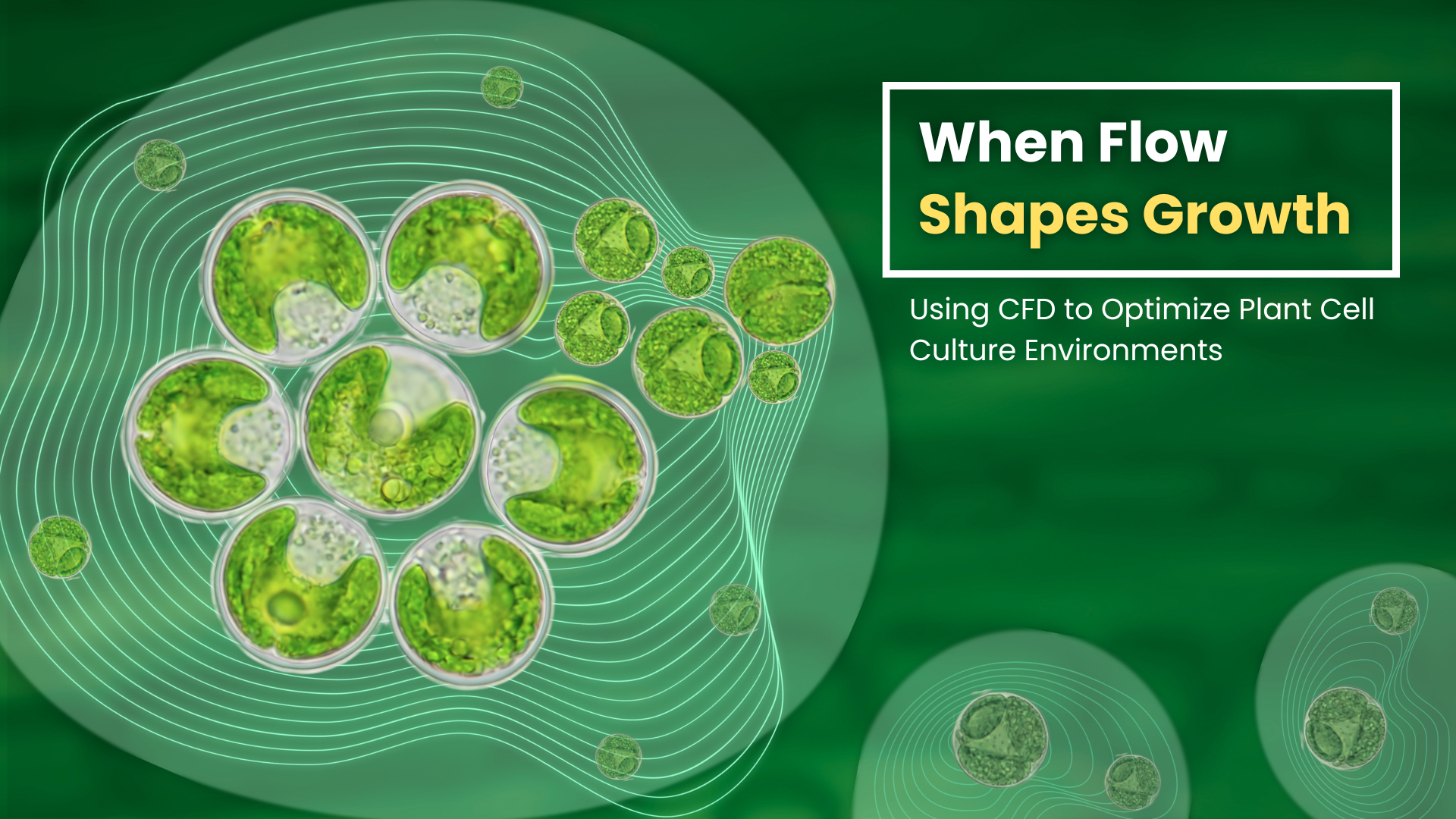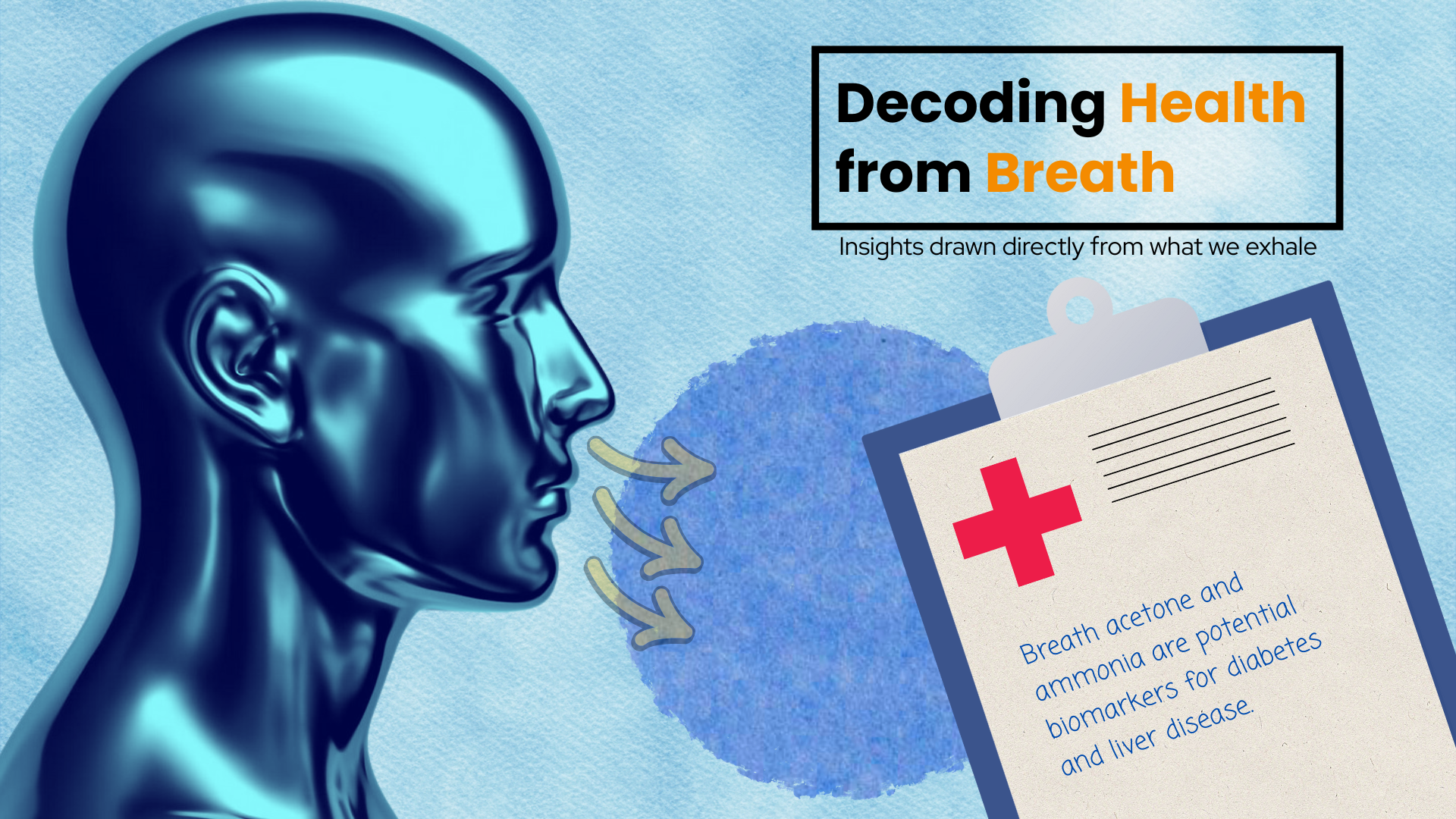
Did you know that the root cause of plastic pollution comes not from industries, not from businesses, but from our very own homes? How can this be, you may ask. Well, it turns out that our day to day activities such as washing and cleaning, use of personal care products (PCPs), face masks, and other sources are a major cause of plastic pollution.
Plastic pollution is a growing concern that needs to be tackled. It is estimated that 4.88 to 12.7 million metric tons of plastic enter the ocean annually. By 2050, the overall weight of plastics in oceans is expected to exceed the amount of fish present in the sea! This estimate is without taking into consideration common synthetic fibres like polyethylene terephthalate (PET), polyamide (PA), and polyacrylate. So something needs to be done, and done fast.
In this review, conducted by Ms. Angel Jessieleena, Ms. Sasikaladevi Rathinavelu, Ms. Kiruthika Eswari Velmaiel, Ms. Anju Anna John, and Prof. Indumathi M. Nambi from the Environmental and Water Resources Engineering Division, Department of Civil Engineering, Indian Institute of Technology Madras, Chennai, India (Ms. Sasikaladevi Rathinavelu is also from the Department of Biotechnology, Bhupat and Jyoti Mehta School of Biosciences, Indian Institute of Technology Madras, Chennai, India), for the first time, to the best of the authors’ knowledge a review article has been done that cumulatively discusses the various activities and products of residential buildings that act as prime sources of microplastics. This article will give the readers a glimpse of different prominent and unnoticed sources of microplastics associated with residential buildings, followed by their fate, transport, transformation, and toxicity effects in aquatic organisms and human beings.
Microplastics are a major source of plastic pollution. Plastic wastes, upon reaching the environment, get exposed to various physical, photoradiative, and biological actions, which result in their breakdown. However, some of the plastics remain in the environment without getting broken down. These are called microplastics.
Microplastics are the most significant pollutant of concern in recent years owing to their accumulative and toxic potential. Among the various sources that are polluting the environment with microplastics, municipal wastewater is reportedly one of the biggest sources.
Common household activities such as vessel washing, laundry washing, bathing, and toilet usage generate municipal wastewater. For example, dish washing predominantly involves the usage of a plastic-based scouring pad. The softer side of the dishwashing sponge is made of polyurethane (PU), and the mesh attached to it is made of polyethylene (PE). Over time, the size of the sponge reduces in size and the loss of plastic material leads to the generation of secondary microplastics.
Similarly, laundry washing too releases a large number of microfibres into the wastewater. Bathing and hygienic activities use personal care products such as shower gels, face cleansers, and toothpaste that contain microbeads (microbeads are those microplastics that are deliberately used as ingredients in the formation of personal care products) made of synthetic polymers.
Other sources such as face masks, which arose during the COVID-19 pandemic, also cause toxic effects on aquatic and terrestrial organism because they are not disposed and treated properly. Indoor synthetic fabrics from items such as carpets also cause indoor pollution and can be toxic to people and pets.
Although municipal wastewater is treated in wastewater treatment, due to the small size of microplastics, many escape the treatment stage and remain in the treated effluent. This enters the aquatic system upon discharge. The microplastics in the environment tend to adsorb other existing pollutants, and toxic compounds are reported to leach out of the microplastics leading to further pollution.
Further, the treated sludge is used as a soil amendment in agricultural fields which affects plant growth and soil microbe community. Microplastics also affect the aquatic species and even the air.
In this review, the authors have explained about the toxic and harmful effects of microplastics. They feel that a more detailed research needs to be done with real time environmental microplastics and microfibres to ascertain the myths and facts related to the risk associated with exposure to microplastics in humans.
The authors conclude that source reduction is a vital consideration in combating microplastic pollution. They also suggest that personal care products should be replaced with biodegradable materials, and the use of plastic-based products such as scouring pads needs to be reduced. Laundry machines should also have high efficient filters. To combat COVID-19, the authors suggest the use of reusable and biodegradable masks.
To conclude, what goes out comes back in a full circle. The microplastics reach the water bodies and ocean and also get into the atmosphere. Further, it adsorbs and concentrates pollutants from the water and air environment. It comes back to us in the form of salt from the plastic contaminated seawater, fish – bioaccumulated plastic, and microplastics/ microfibres in the air can be inhaled and lodged in our lungs, releasing the toxins which are adsorbed.
Prof. Dr. Jan Schwarzbauer from the Laboratory for organic-geochemical Analysis, Institute for Geology and Geochemistry of Petroleum and Coal, RWTH Aachen University, Aachen, Germany, gave his analysis and appreciation of the review done by the authors with the following comments: “This year Jessieleena et al. published a paper dealing with a special type of microplastic emission source – our daily lives in residential houses. The publication ‘Residential houses – a major point source of microplastic pollution: insights on the various sources, their transport, transformation, and toxicity behaviour’ is a review type paper covering a wider variety of aspects related to the way of microplastics from their usage towards the aquatic environment. It is a very thorough and comprehensive survey on numerous complementary aspects such as primary emissions sources (cosmetics, personal care products, laundry wastewater, vinylflooring …), indoor migration pathways, aging effects, toxicological implications or fate of microplastic particles in sewage treatment processes. The paper also contains a very valuable collection of references and provides finally a clear statement for further research needs.
In summary, the reader gets a very comprehensive view on the complex environmental fate of microplastic emission in daily live. The paper is excellently written and also understandable for persons that are not professionals in this scientific field. Noteworthy, one important aspect beside science, deriving from the linkage of highly relevant pollution with our daily life activities, is the deducible appeal to each individual person for a more sensitive and sustainable style of living.”
Article by Akshay Anantharaman
Click here for the original link to the paper











